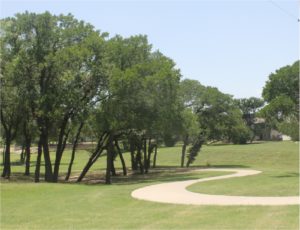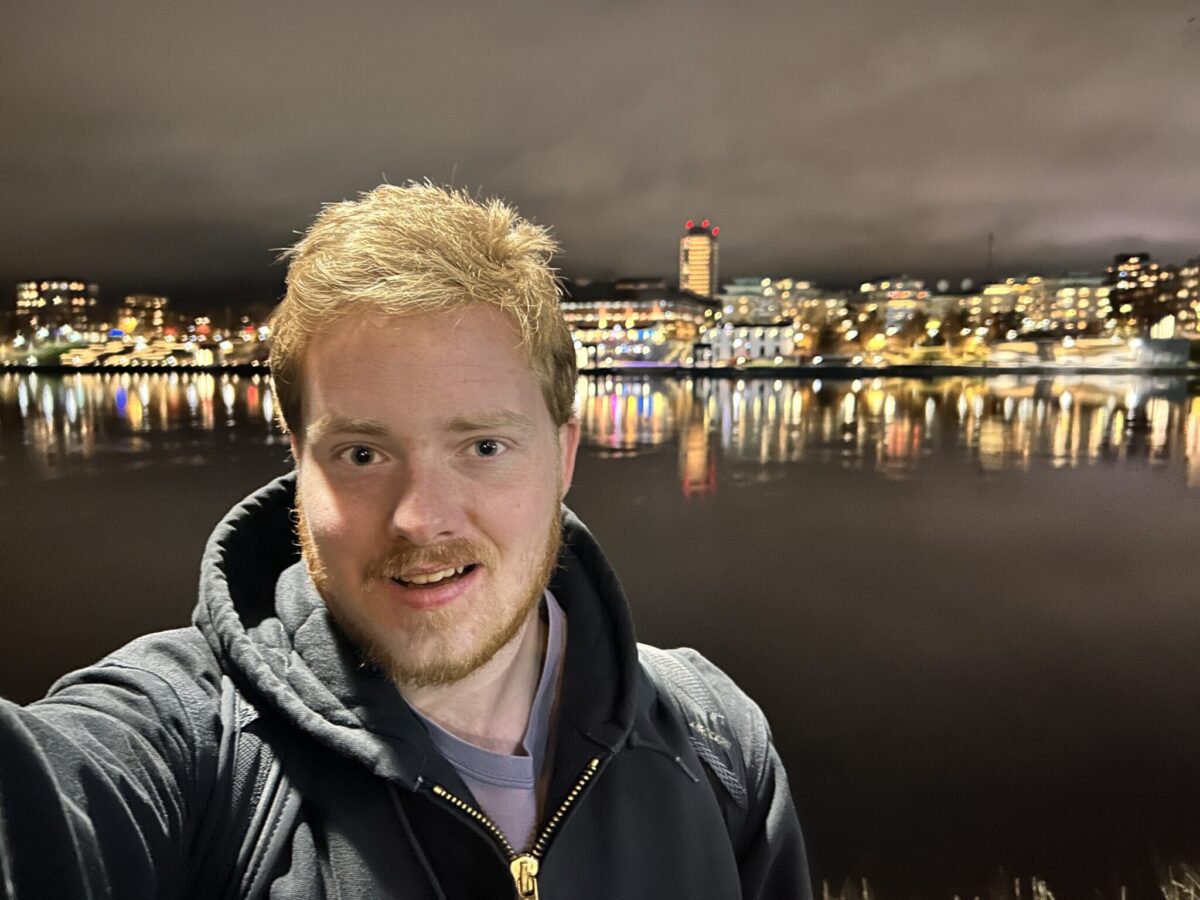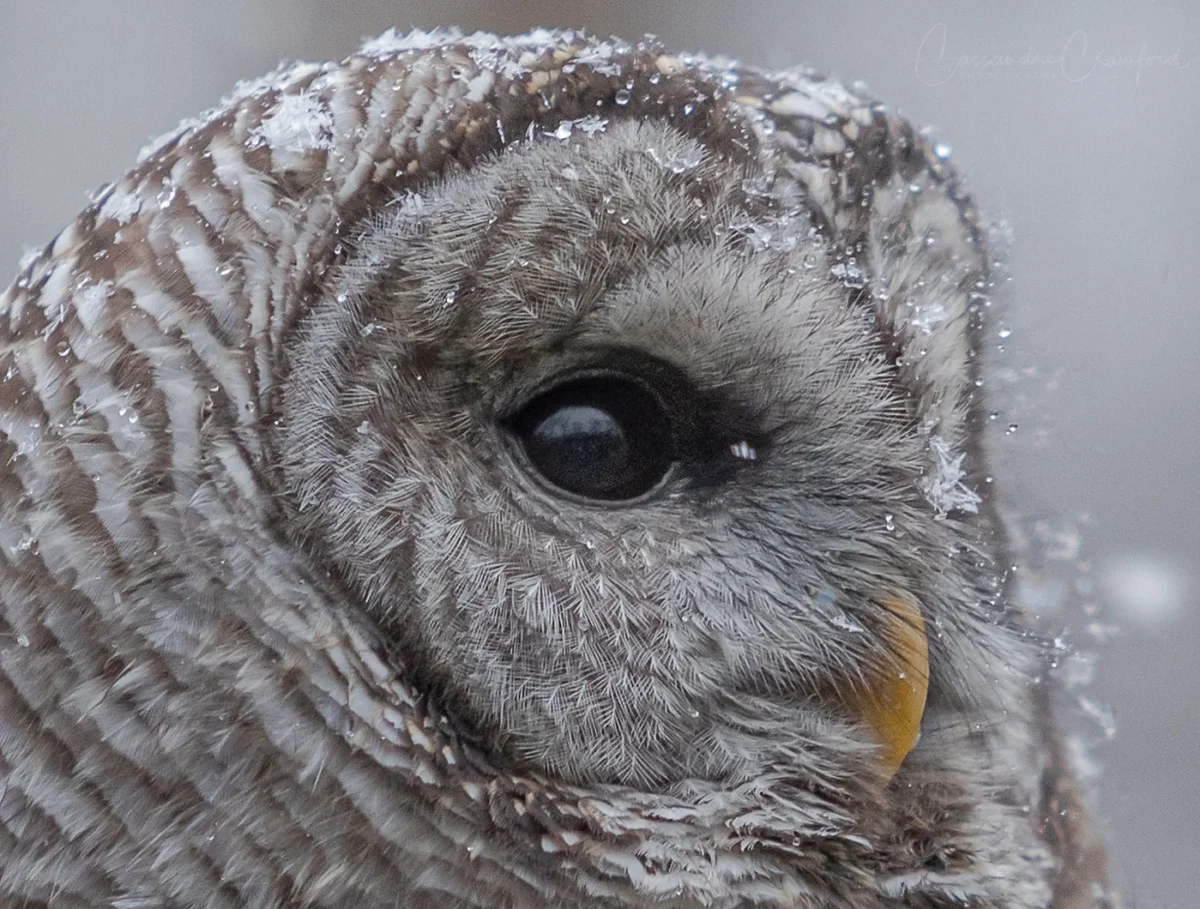For my first  co-op, I am back in Texas, my home state, working under the Research and Development (RAND) Corporation and the City Parks Alliance (CPA). The RAND Corporation exists to “help policymakers make decisions that are based on the best available information” with results “fueled by the best data, the strongest methods, and the brightest minds”. The CPA is an organization whose primary mission is to “engage, educate, and nurture a broad-based constituency to support the creation, revitalization, and sustainability of parks and green space that contribute to dynamic cities”. For further information regarding RAND and CPA, feel free to visit these websites: https://www.rand.org/ https://www.cityparksalliance.org/
co-op, I am back in Texas, my home state, working under the Research and Development (RAND) Corporation and the City Parks Alliance (CPA). The RAND Corporation exists to “help policymakers make decisions that are based on the best available information” with results “fueled by the best data, the strongest methods, and the brightest minds”. The CPA is an organization whose primary mission is to “engage, educate, and nurture a broad-based constituency to support the creation, revitalization, and sustainability of parks and green space that contribute to dynamic cities”. For further information regarding RAND and CPA, feel free to visit these websites: https://www.rand.org/ https://www.cityparksalliance.org/
RAND and CPA are in partnership in completing the National Study of Neighborhood Parks. The National Study of Neighborhood Parks is a four-year long study funded by the National Heart, Lung, and Blood Institute, aiming to better understand how local neighborhood parks contribute to physical activity and assess park management practices and programming. Data contributing to this study is being collected in randomly selected parks in twenty-seven cities across the country, with Dallas being one of these cities. To learn more about this study, visit this page: https://www.cityparksalliance.org/why-urban-parks-matter/national-study-of-neighborhood-parks
As a data collector in this study, I was flown out to Los Angeles, California in the middle of March to participate in a three-day training program. While in Los Angeles, we were given more information on the National Study of Neighborhood Parks and trained in SOPARC, a system for observing play and recreation in communities. This system consists of assessing the activity level of people in parks, which ranges from sedentary to moderate to vigorous depending on the type of activity the people are engaged in, along with the age and race/ethnicity of the park goers. To practice SOPARC, we were taken out to two neighborhood parks in Los Angeles with several other people chosen to collect data from around the country. To collect the data, we were provided tablets installed with an Open Data Kit where we record our observations, consisting of pictures of the park, number of users, characteristics of the park, and the atmosphere of the park; at the end of each day, we are expected to upload the data to our supervisors. In addition to collecting data, we are expected to administer surveys to park users as well. Our training days ended around five in the afternoon, giving us time to explore Los Angeles in our free time. With my free time, I took Uber to Venice Beach and Sunset Boulevard to visit Amoeba Records, the largest record store in the country.
Performing the data collection in Dallas has been much different than what was experienced in Los Angeles. The two parks in Los Angeles were very busy; there were many people skateboarding, running, walking their dogs, and people doing various other activities. Counts of park goers in these parks were in the hundreds. Because there were so many people to account for in these parks, both my partner, Danielle, and I were nervous as to how accurately we could count the people in the parks in Dallas. In the three parks that we have completed data collection in so far, the highest number of park users we have counted in a day has been ten; because of these low counts, we have not been able to administer many surveys. Of the surveys we have given out, the majority have been in Spanish, which creates a bit of a language barrier, but it has also allowed me to practice Spanish, the language I am studying at Antioch. While the small counts have been a relief to our worries, it is dismaying to witness the lack of use of urban parks in the Dallas area due to the fact that the parks are very well-kept. We have wondered why the parks do not get as much use as those in Los Angeles, and we believe that the bigger yards in Texas may be a contributing factor. If the parks are not being used, I believe there is no point in maintaining them, seeing as there are other areas of life in Dallas that need funding as well.
Because Danielle and I have a week off between each data collection week consisting of four six-hour days, I have also taken a job as a checker at a grocery store called Tom Thumb. While this job is fun, it is also very stressful. There are many people that expect very fast service, and if we do not get them out of the door as fast as they want us to, they can get a bit upset! Fortunately, I am getting to know a lot of the regular customers, and it is nice to see familiar faces when checking people’s groceries. I have been a little stressed out as well because my pay has been delayed from Tom Thumb for three weeks. I am hoping to get it this week because I am trying to pay for tickets to see The Cure on Sunday at the American Airlines Center in Dallas!
All in all, it is nice to be back in Texas. As the great Davy Crockett once said: “You may all go to Hell, and I will go to Texas.”





